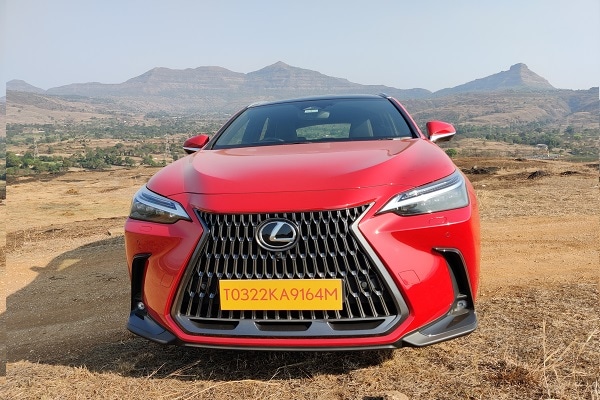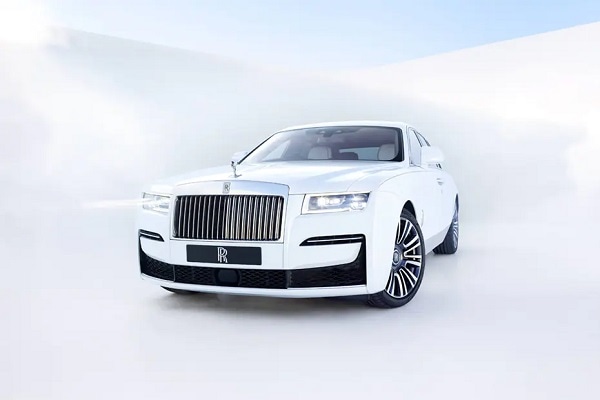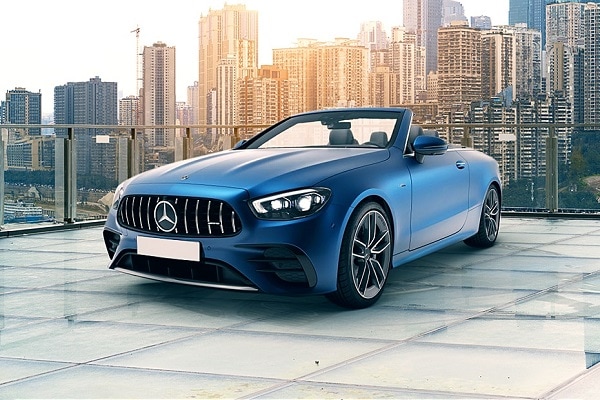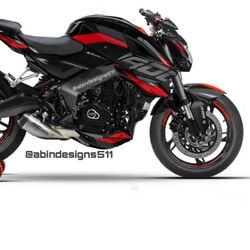Why reducing dependence on China for auto parts is difficult, not impossible
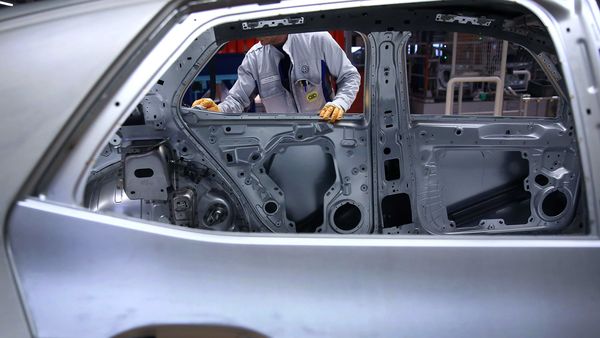

China's dominance in manufacturing a wide array of components used in consumer products has been no secret. That the country is also the world's largest automotive market means that car makers across the globe eye it with envious eyes not just on the retail side but also on the supply side. Components manufactured here are shipped across the world and then used in assembly lines which belt out swanky passenger and commercial vehicles. Such is the single-handed dominance of the country that when Covid-19 was at its peak in Wuhan, supply chains backing many OEMs were significantly impacted. This is one major, among many other, factors that have led to the queries about if this dependence can be weened away from.
When the problem is the solution too
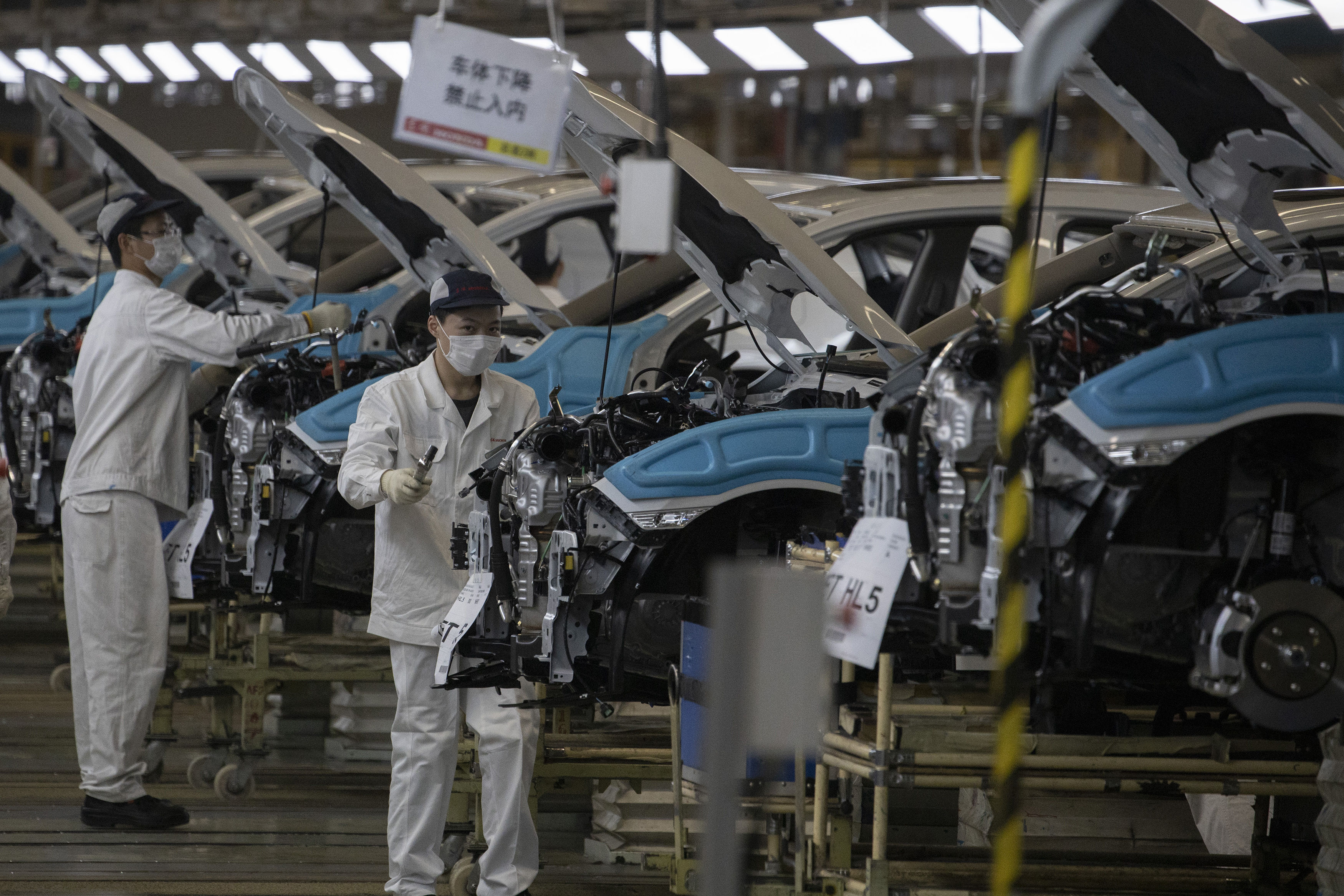

China has a clear advantage when it comes to manufacturing automotive components and shipping it across the world. Not only do local component manufacturers supply to local car makers that have emerged stronger in recent times but are also lifelines for most of the biggest international players in the game.
Also check these Vehicles
From batteries in EVs to fuel injection systems and catalytic converters in more conventional cars - and everything in the middle, imports from China has increased manifold.
One of the biggest reasons for this is the sheer scale of it all. Massive production volumes bring down prices - a basic economic principle - and that has worked extremely well in China's case.
With no shortage of labour, costs can once again be kept to the minimum.
And gone are the days when China-made products were considered inferior in quality. Tech advancements have meant reliability has gone up which in turn means that a superior product can be procured in larger numbers and at significantly lower costs that most other countries can hardly match.
It is quite clear why OEMs looked and look at China as the perfect solution in their bid to rake in profits.
The Covid problem
All eggs in one single basket can always face a heightened risk factor. This was amply clear when auto and auto component factories temporarily shut shop in Hubei province when Covid-19 virus struck.
Analysts and experts joined the chorus of underlining just why there is a need for diversification when sourcing auto components. Dependence was termed over dependence and it wasn't far from the ground reality.
And yet, China has remained more relevant than ever as the source of affordable components as OEMs look to cut costs in every manner possible. That the demand is also returning to normal here means the market too remains as crucial as ever, if not more.
The India vs China debate
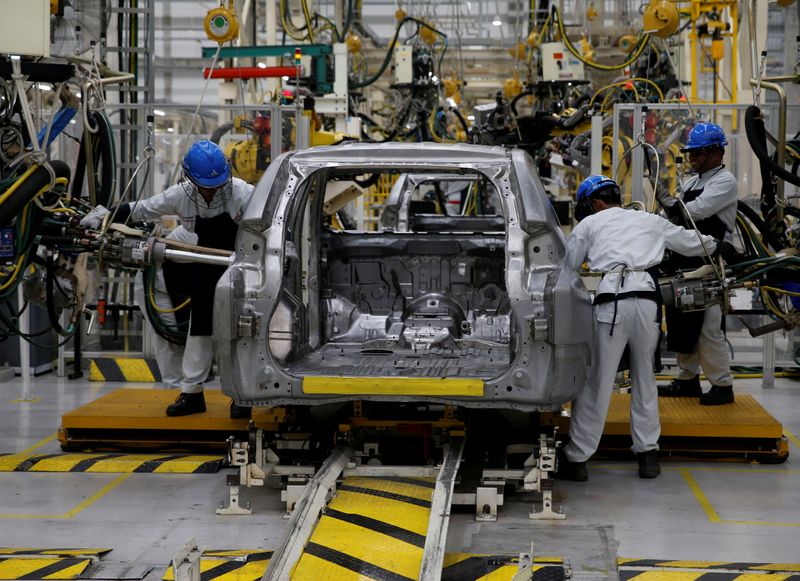

To reduce dependence on China is a call that recently echoed the world over but was the loudest in India for reasons perhaps even more serious than the Covid-19 pandemic.
Tensions in Ladakh between armies of the two countries gave rise to an anti-China sentiment in India. With a rising clamour for boycotting Chinese products, many felt - and still feel - that the automotive sector in India ought to steer clear of such imports.
Easier said than done. But not impossible.
Several OEMs claimed that any bar of any scale on Chinese auto components could mean a massive blow for them. The Society of Indian Automobile Manufacturers (SIAM) and the Automotive Component Manufacturers Association of India (ACMA) even said that manual inspections of components from China is causing supply-chain delays which could further impact the auto industry here. ACMA President Deepak Jain, in an interview to HT Auto, confirmed that while those issues have been sorted, it is also possible for India to scale up local manufacturing.
Atmanirbhar Bharat
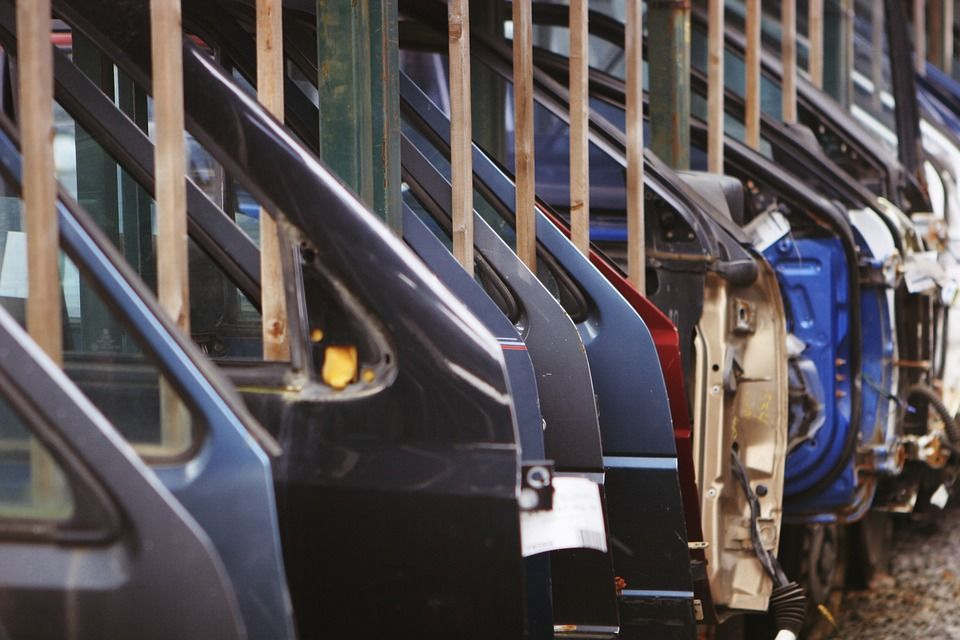

It is believed that in many ways, India can do what China has done, and do it better. This may hold true for in the space of auto component manufacturing as well. "China is having a global supply chain. It has become factory to the world before Covid," said Jain while also highlighting the share of imports from China in the overall auto component imports. "In the total value chain of about $120 billion, just 4% of the parts are coming in from China. But even if one part is short, you cannot make a vehicle. This is the problem we are facing about having sustainable production runs."
Jain admits that Covid-19 has taught everyone that there cannot be over-dependence on one region. "The auto industry has always been a champion of localisation, in a way atmanirbharta. The key is competitiveness. There are certain disabilities when you are manufacturing in India, that's no secret. But with this government-industry partnership, if we want to look at scale and export, we have to make our domestic manufacturing extremely competitive on a global scale and global index," he said.
The buzzword then is really becoming competitive.
Reuters recently quoted RC Bhargava, Chairman at Maruti Suzuki India Limited as summing it up in what may be the most apt way. "We do not import from China because we like to. We import because we have no choice," he said. "To attract companies to produce locally, we need to be more competitive and lower costs compared with other countries."
On paper, India has the potential. At actual ground level, it remains to be seen if the country rises up to the challenge.







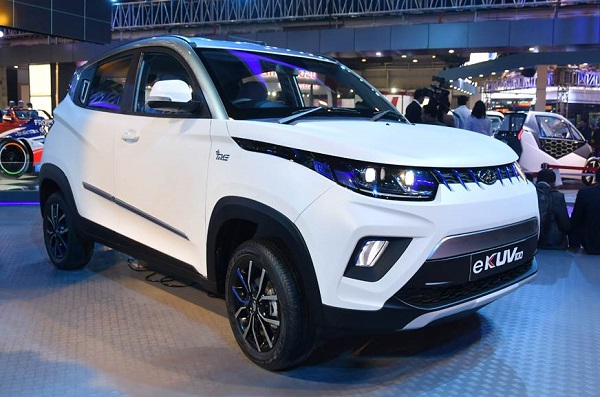
 40 kWh
40 kWh 150 Km
150 Km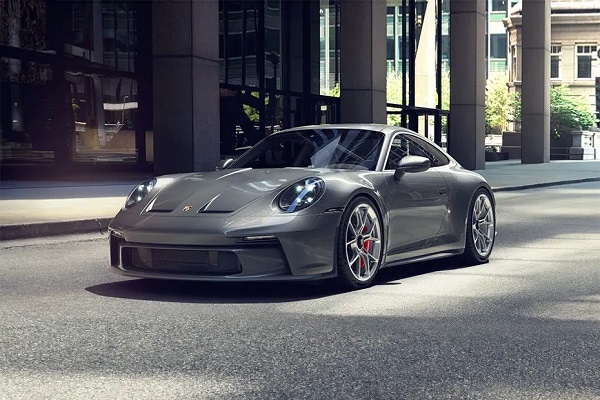
 3996.0 cc
3996.0 cc Petrol
Petrol
